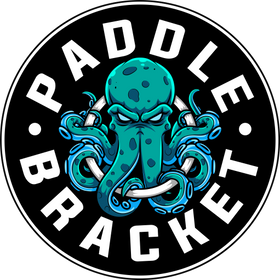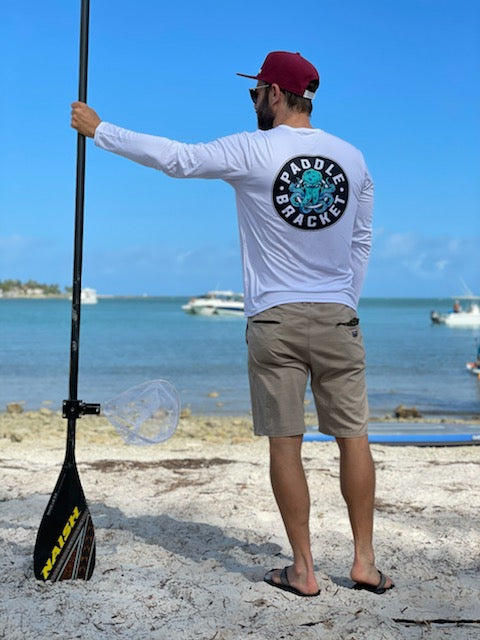BUILING THE MUSCLES YOU NEED TO MASTER PADDLE BOARDING

Photo Credit: Wappa
Paddle boarding has gained immense popularity in recent years as a fun and versatile water activity. Whether you're cruising along calm lakes, exploring coastal waters, or riding waves, paddle boarding offers a full-body workout while enjoying the beauty of nature. To make the most of your paddle boarding experience, it's essential to develop the specific muscles that support your balance, stability, and paddling power. In this blog post, I'll explore the key muscle groups required for paddle boarding and provide you with effective exercises to strengthen them.
- Core Muscles: Your core muscles play a vital role in maintaining balance and stability while paddle boarding. They help stabilize your body and keep you upright on the board. Strengthening your core will enhance your ability to stay balanced and prevent fatigue during long paddle sessions. Here are a few exercises to target your core muscles:
a) Plank: Start in a push-up position with your forearms on the ground, elbows directly below your shoulders, and toes tucked in. Maintain a straight line from head to heels, engaging your core muscles. Hold this position for 30 seconds to a minute, gradually increasing the duration as you progress.
b) Russian Twists: Sit on the ground with your knees bent, feet lifted slightly off the floor, and lean back slightly while keeping your back straight. Hold a weight or medicine ball with both hands and rotate your torso from side to side, touching the weight to the ground on each side. Perform 10-15 reps on each side.
- Upper Body Muscles: Paddling requires the use of several upper body muscles, including the shoulders, arms, and back. These muscles provide the power and strength needed to propel yourself forward on the water. Incorporate the following exercises into your routine to develop your upper body strength:
a) Push-Ups: Assume a plank position with your hands slightly wider than shoulder-width apart. Lower your body until your chest nearly touches the ground, then push back up to the starting position. Aim for 10-15 reps, or as many as you can comfortably complete with proper form.
b) Bent-Over Rows: Stand with your knees slightly bent, holding a dumbbell in each hand. Hinge forward at the hips while keeping your back straight, allowing the dumbbells to hang directly beneath your shoulders. Pull the weights toward your chest by squeezing your shoulder blades together, then lower them back down. Perform 10-12 reps.
- Leg Muscles: While paddle boarding, your legs act as stabilizers and help you maintain balance on the board. Additionally, they provide power and control during turns and maneuvers. Strengthening your leg muscles will improve your overall paddle boarding performance. Try these exercises to target your legs:
a) Squats: Stand with your feet shoulder-width apart and toes slightly turned out. Lower your body by bending your knees and pushing your hips back as if sitting down on an imaginary chair. Keep your chest up and your weight on your heels. Rise back up to the starting position and repeat for 10-12 reps.
b) Lunges: Stand with your feet hip-width apart. Take a big step forward with your right foot and lower your body until your right thigh is parallel to the ground and your knee is at a 90-degree angle. Push through your right heel to return to the starting position and repeat with the left leg. Alternate between legs for 10-12 reps on each side.
Paddle boarding offers a fantastic opportunity to enjoy the water and engage in a challenging workout simultaneously. By focusing on strengthening the core, upper body, and leg muscles, you'll enhance your balance, stability, and paddling power. Incorporate the suggested exercises into your routine, gradually increasing the intensity and repetitions as you progress. Remember to warm up before each workout and listen to your body, gradually building up your strength and endurance over time. With consistent training and practice, you'll develop the muscle required to paddle board with confidence and ease, allowing you to fully enjoy this exciting water sport. So, grab your paddle, hit the water, and let your strong muscles propel you on unforgettable paddle boarding adventures!
PROTECT WHAT YOU LOVE & PADDLE WITH A PURPOSE



Leave a comment